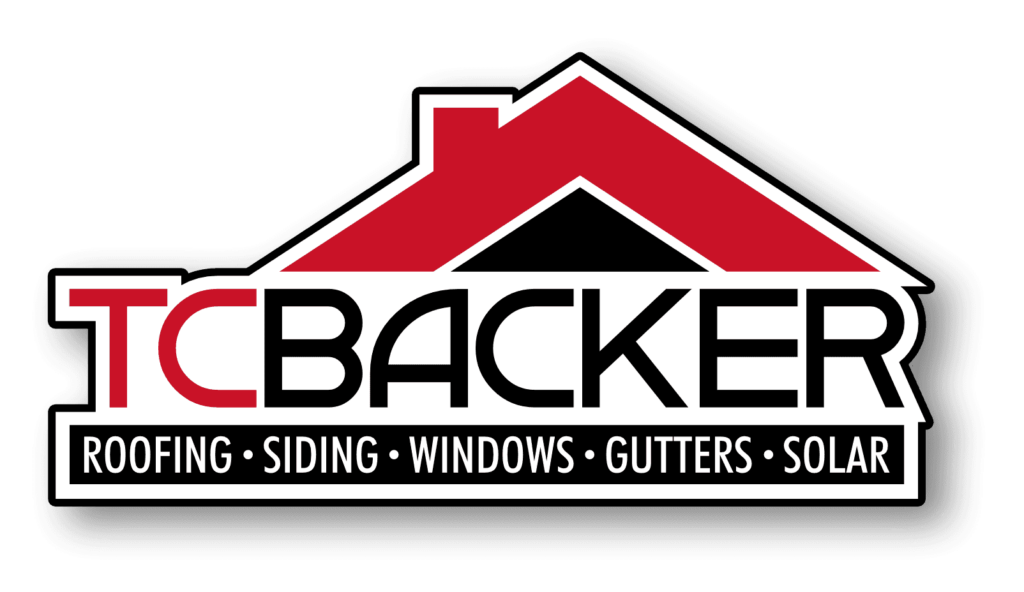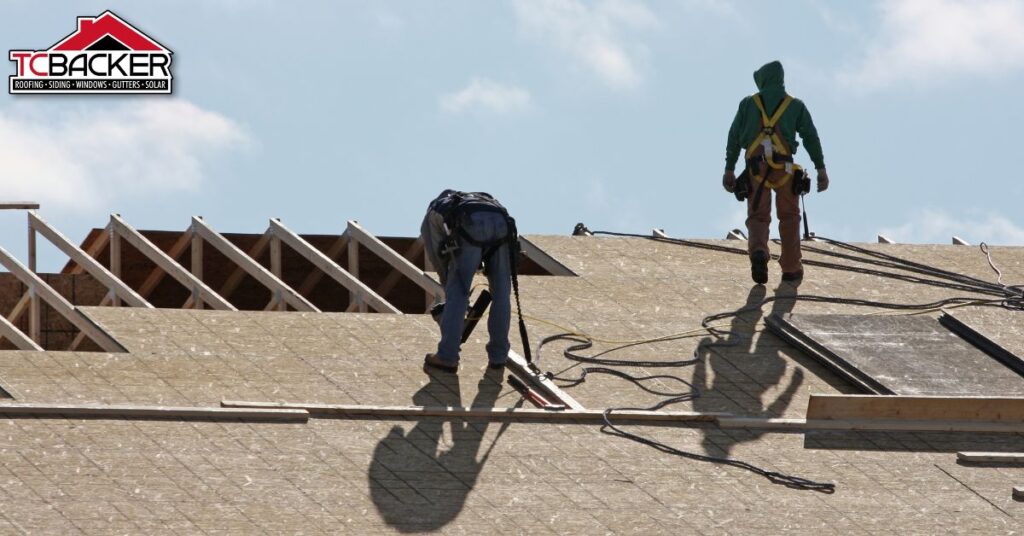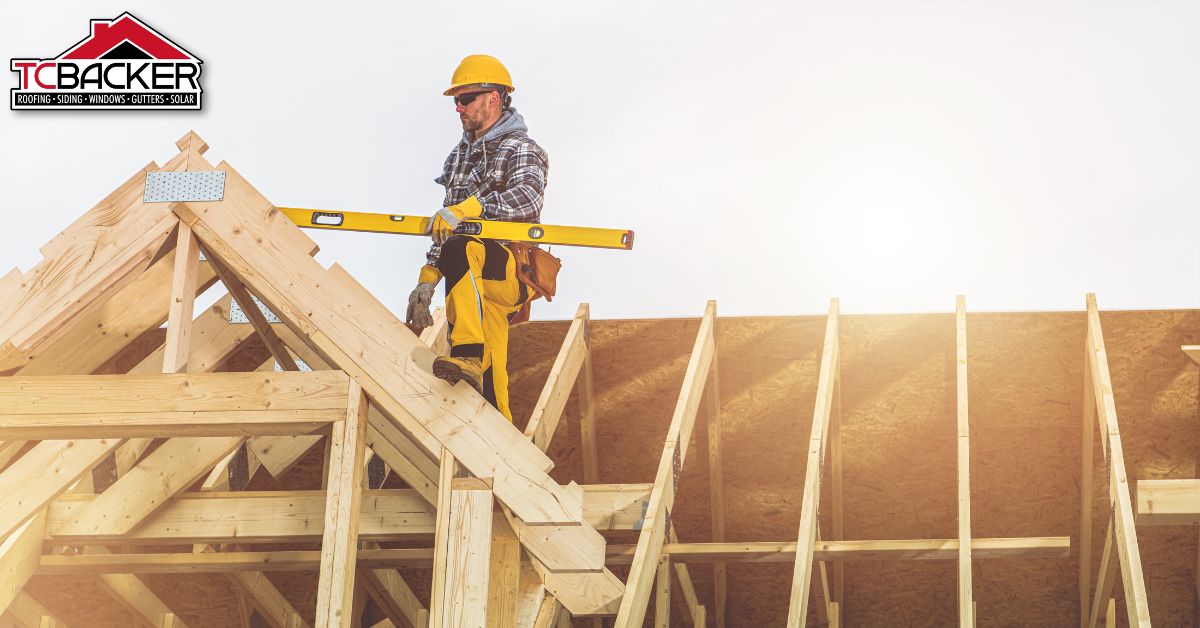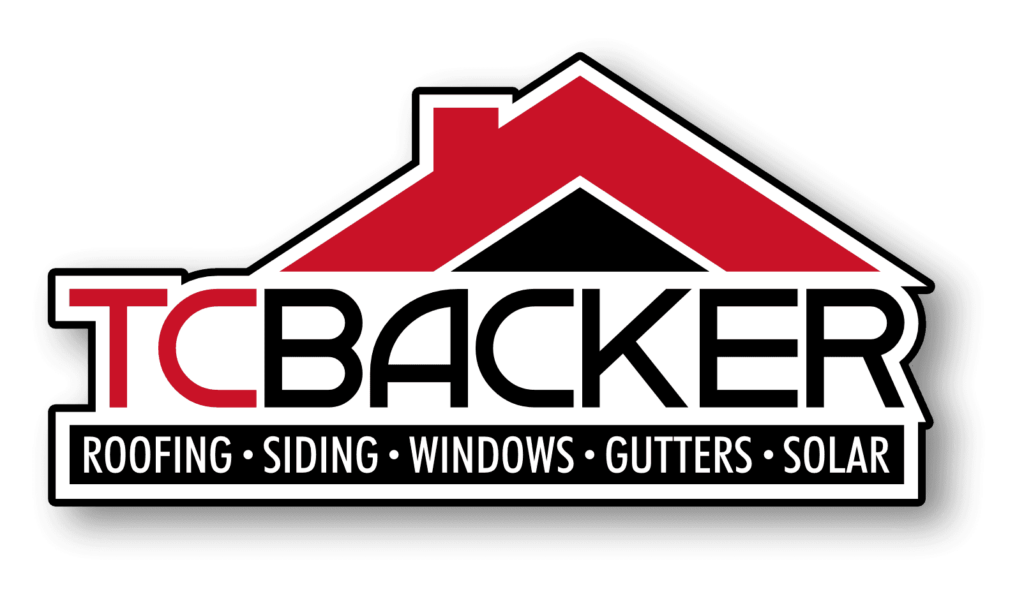Flat roof replacement is essential for homeowners aiming to protect their property and enhance its value. Key factors include understanding common issues such as drainage problems, membrane deterioration, and signs indicating the need for replacement, like leaks or structural sagging. Choosing the right materials, such as EPDM or TPO, is crucial for durability. Regular maintenance can prevent costly repairs, while selecting a qualified contractor ensures proper installation. Knowing the cost factors involved, including labor and material choices, will aid in effective budgeting. Discovering these elements will help you make informed decisions about your flat roof.
Key Takeaways
- Flat roofs require proper drainage systems to prevent water pooling, leaks, and damage.
- Regular maintenance and inspections can help detect issues early, saving homeowners money.
- Choosing the right roofing material is essential for durability and energy efficiency.
- Selecting an experienced contractor ensures proper installation and adherence to building codes.
- Flat roof replacement can enhance property value and accommodate additional functional spaces like gardens or solar panels.
Understanding Flat Roofs
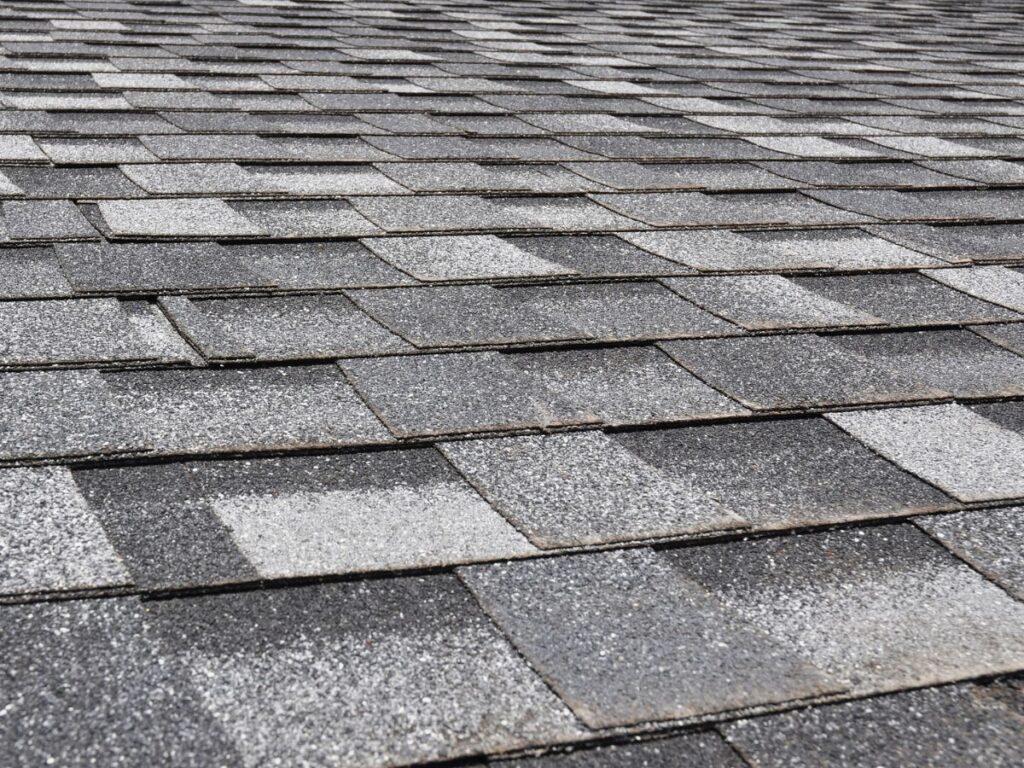
Flat roofs are characterized by their minimal slope, which distinguishes them from traditional pitched roofs and can present unique challenges in terms of drainage and maintenance.
This design allows for versatile use of the roof space, often serving as additional living areas or for the installation of HVAC systems. However, the flat surface can lead to water pooling, making proper drainage systems essential to prevent leaks and structural damage.
There are several materials commonly used in flat roofing, including built-up roofing (BUR), modified bitumen, and single-ply membranes like TPO and EPDM. Each material has distinct advantages and disadvantages, impacting both longevity and maintenance requirements. Understanding these materials is crucial, particularly for homeowners considering flat roof replacement.
Flat roof replacement not only requires selecting the right material but also necessitates an assessment of the underlying structure. If the existing roof has suffered from extensive damage or deterioration, it may be necessary to address underlying issues before installation.
Additionally, ensuring adequate insulation and ventilation is vital to prolonging the lifespan of the new roof and enhancing energy efficiency.
Homeowners should also be aware of local building codes and regulations, as these can influence design choices and installation practices. Engaging a professional roofing contractor with expertise in flat roofs is advisable, as they can navigate these complexities, ensuring a successful flat roof replacement that meets both aesthetic and functional needs.
Common Flat Roof Issues
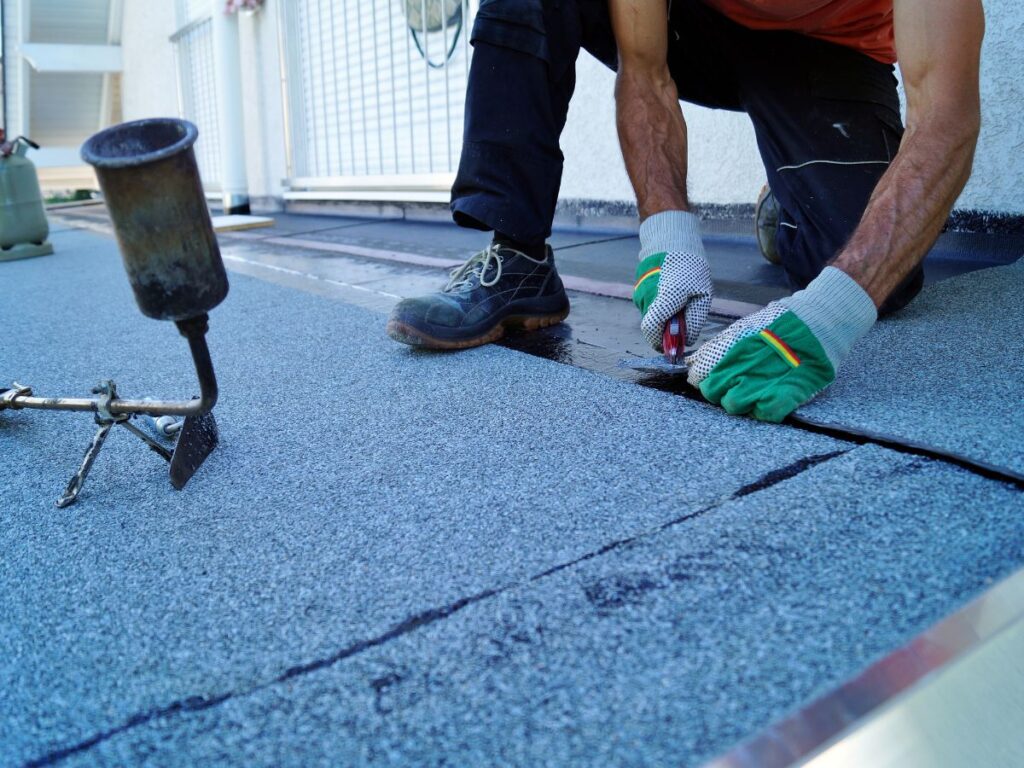
Common issues associated with flat roofs often stem from inadequate drainage, which can lead to water pooling and subsequent leaks if not addressed promptly. Unlike sloped roofs, flat roofs rely on gravity to help water flow toward drainage systems; if these systems become clogged or are insufficient, water can accumulate, increasing the risk of damage.
Another prevalent issue is membrane deterioration. Flat roofs are often covered with materials such as EPDM, TPO, or PVC, which can degrade over time due to UV exposure, temperature fluctuations, and general wear and tear. Cracks, punctures, or blisters may develop, compromising the roof’s integrity and leading to moisture intrusion.
Additionally, improper installation can exacerbate flat roof problems. If the roofing material is not installed correctly, it may not form a watertight seal, leaving areas vulnerable to leaks. This can be particularly problematic around penetrations, such as vents and chimneys, where flashing is crucial for preventing water entry.
Furthermore, poor ventilation can contribute to issues such as trapped moisture and mold growth, which can weaken the roof structure. Inadequate insulation may also lead to thermal bridging, causing temperature inconsistencies that can impact the roof’s longevity.
To mitigate these common issues, regular maintenance and inspections are essential. Identifying problems early can save homeowners from costly repairs and prolong the lifespan of their flat roofs, ensuring they remain functional and protective for years to come.
Signs You Need Replacement
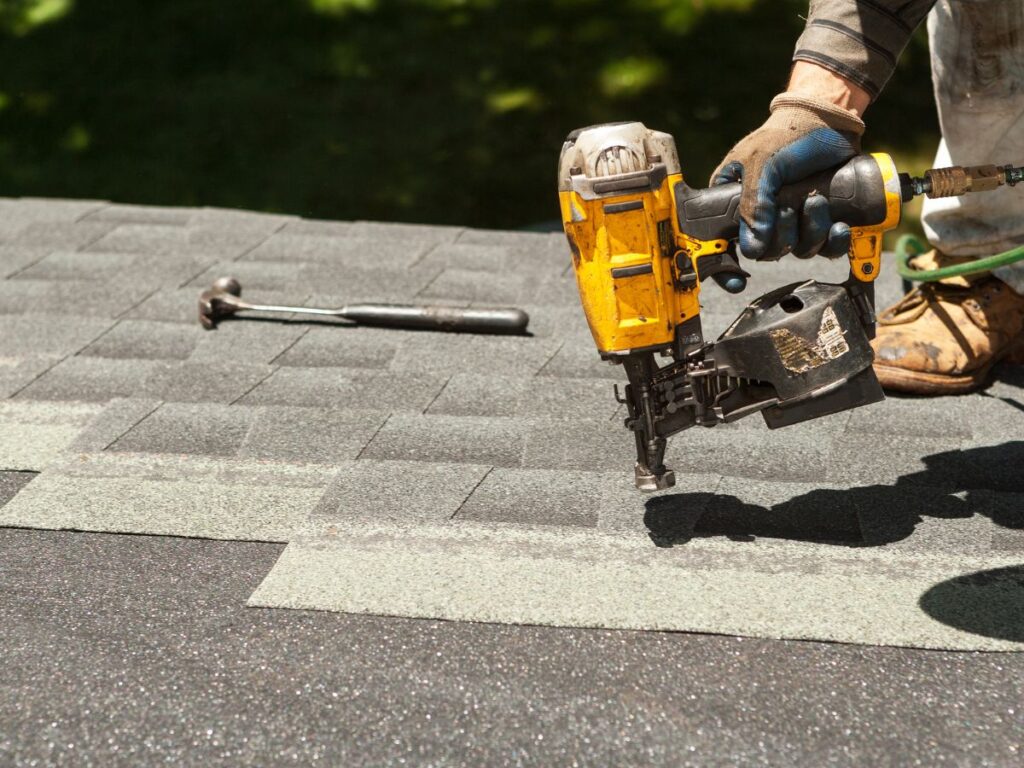
Recognizing the signs that indicate a flat roof replacement is necessary can prevent further damage and costly repairs down the line. Homeowners should be vigilant in observing various indicators that signal the need for immediate action.
One of the primary signs is persistent leakage. If water stains appear on your ceiling or walls, or if you notice puddles forming on the roof surface, these are clear indications that your roof may be compromised. Additionally, sagging areas on the roof surface can suggest structural issues, often caused by trapped water or the deterioration of supporting materials.
Another critical sign is the presence of blistering or bubbling. These formations occur when moisture gets trapped beneath the roofing membrane, which can lead to significant damage if not addressed promptly. Cracks or splits in the roofing material are also red flags, as they can allow water to infiltrate the roofing system, further exacerbating the risk of leaks.
Moreover, an increase in energy costs can hint at deteriorating insulation or ventilation issues associated with an aging flat roof. If your roof is over 20 years old, it may be nearing the end of its lifespan, making replacement a prudent consideration.
Ultimately, regular inspections and maintenance are essential in identifying these signs early. If you observe any of these indicators, it is advisable to consult a professional roofing contractor who can assess the situation and recommend appropriate action.
Types of Flat Roofing Materials
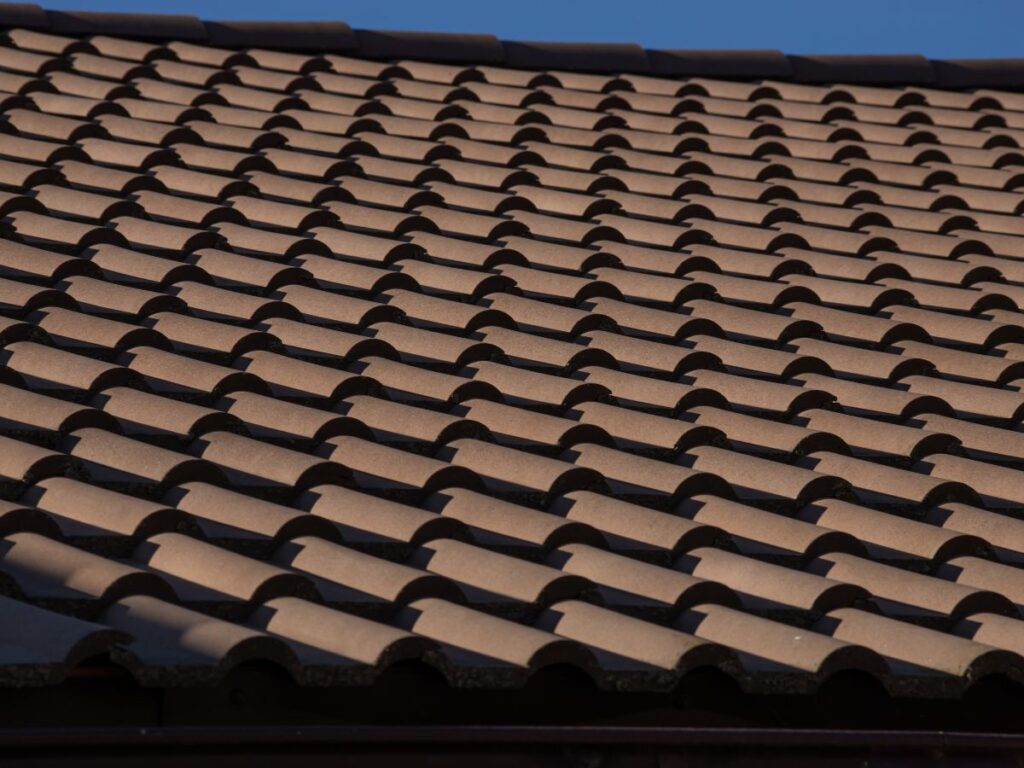
Various materials are available for flat roofing, each offering distinct advantages and suitability for different building types and climates.
One of the most commonly used materials is EPDM (ethylene propylene diene monomer), a synthetic rubber that is known for its durability and resistance to weather extremes. EPDM is lightweight, easy to install, and has a lifespan of 20 to 30 years, making it a popular choice among homeowners.
Another option is TPO (thermoplastic olefin), which combines rubber and plastic for a highly reflective surface that can enhance energy efficiency. TPO is favored for its affordability and ease of installation, as well as its resistance to UV rays, making it suitable for warmer climates.
Modified bitumen is also prevalent in flat roofing. This material consists of asphalt that has been modified with polymers to enhance its performance. It is installed in multiple layers, providing added strength and durability. Modified bitumen roofs are particularly effective in areas prone to extreme temperatures.
Lastly, built-up roofing (BUR) involves layers of asphalt and felt that are applied in a specific manner to create a thick, protective barrier. This traditional method is highly regarded for its longevity and reliability, often lasting 20 years or more.
Selecting the right flat roofing material depends on various factors, including climate, budget, and the specific requirements of the building. Understanding these options will enable homeowners to make informed decisions during their flat roof replacement process.
Benefits of Flat Roof Replacement

Replacing a flat roof offers numerous advantages, including improved energy efficiency, enhanced durability, and increased property value.
One of the most compelling benefits is energy efficiency. Modern flat roofing materials, such as reflective membranes, can significantly reduce heat absorption, leading to lower cooling costs during hot months. This not only saves money but also contributes to a more sustainable living environment.
Another key advantage is enhanced durability. Over time, flat roofs can develop leaks and other issues due to weather exposure and aging materials. By replacing an old flat roof, homeowners can choose high-quality materials that are designed to withstand harsh conditions, offering longer lifespans and less maintenance. This proactive approach helps prevent costly repairs down the line.
In addition to energy efficiency and durability, a new flat roof can also increase the overall value of a property. Potential buyers often view a newly replaced roof as a sign of good maintenance, which can make a home more attractive in a competitive market.
Furthermore, a well-installed flat roof can provide additional functional space for features such as rooftop gardens or solar panels, adding to the property’s appeal.
Choosing the Right Contractor
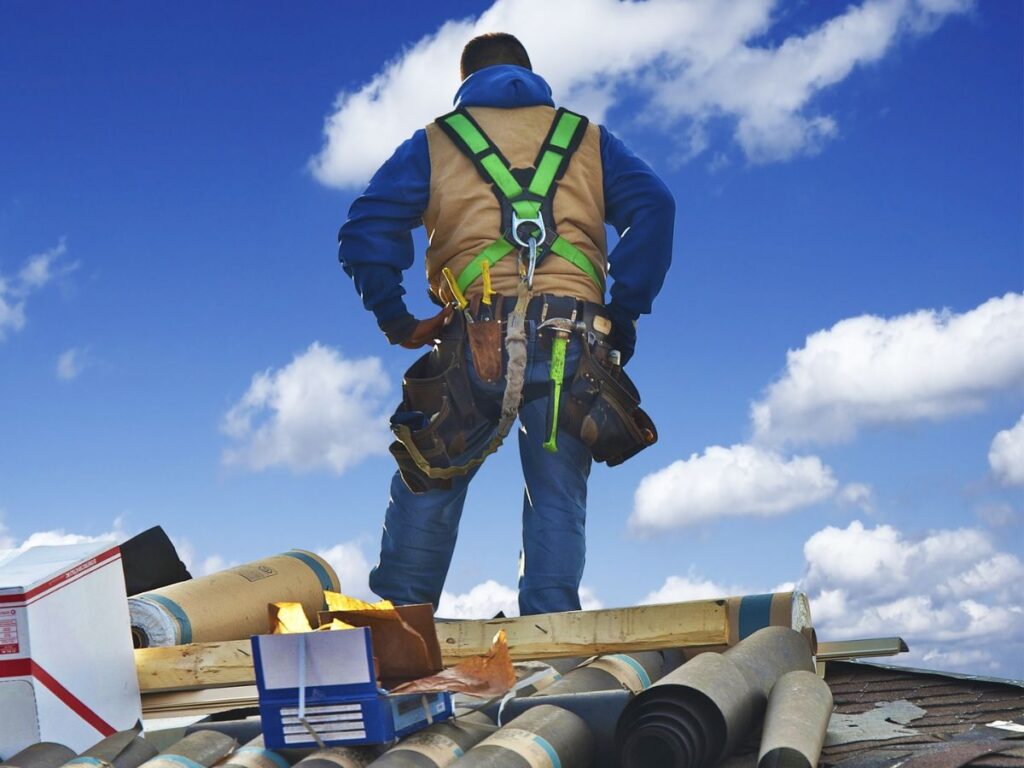
Selecting the right contractor for flat roof replacement is crucial to ensuring a successful and lasting installation. The contractor you choose will significantly impact the quality of materials used, the expertise in installation, and the overall durability of your new roof.
Begin your search by verifying credentials. Ensure that potential contractors are licensed, insured, and bonded. This not only protects you from liability in case of accidents but also signifies that the contractor adheres to industry standards. Look for contractors with experience specifically in flat roofing, as this type of installation requires specialized knowledge.
Request references and review past work. Speaking to previous clients can provide insight into the contractor’s reliability, workmanship, and adherence to timelines. Online reviews and portfolios can also give you a better understanding of their capabilities.
Obtain multiple estimates to compare services and pricing. A reputable contractor should provide a detailed proposal outlining the scope of work, materials to be used, and warranty information. Beware of significantly low bids, as they may indicate subpar materials or workmanship.
Communication is key. A good contractor should be responsive and willing to answer your questions. This transparency fosters trust and ensures that you feel comfortable throughout the project.
Cost Factors for Replacement

Understanding the cost factors for flat roof replacement is essential for homeowners to budget effectively and make informed decisions. Several elements contribute to the overall expense of replacing a flat roof, and recognizing these can help in planning both financially and logistically. Below are key considerations that can impact the cost:
- Material Selection: The type of roofing material chosen—such as EPDM, TPO, or PVC—varies significantly in price. Each material offers different longevity and durability, which can influence long-term costs.
- Roof Size and Complexity: The overall square footage of the roof plays a crucial role in cost determination. Additionally, complex roof designs with multiple levels or features may require more labor and specialized materials.
- Labor Costs: Local labor rates can vary widely, impacting the total cost. Experienced contractors may charge higher rates, but their expertise can lead to better quality work and fewer future repairs.
- Removal of Old Roofing: If the existing roof needs to be removed before installation, this adds to the total expense. Costs associated with disposal and potential structural repairs should also be considered.
Maintenance Tips for Flat Roofs
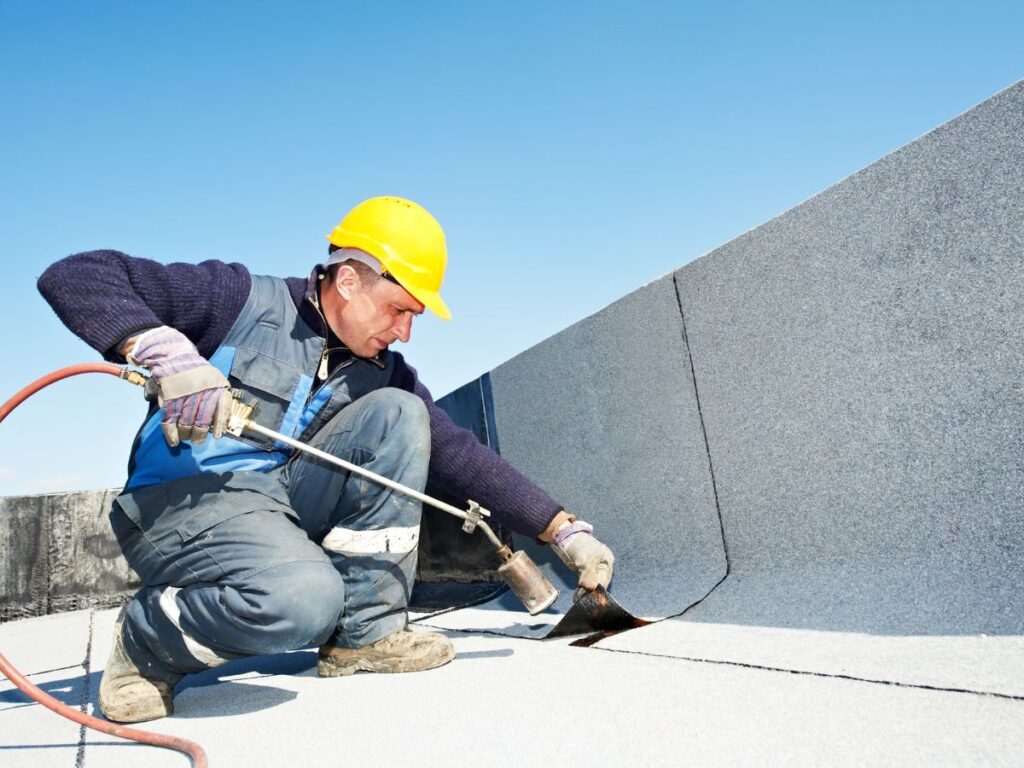
Regular maintenance is crucial for extending the lifespan of flat roofs and preventing costly repairs. Flat roofs, while economical and practical, require consistent attention to ensure their integrity and performance. Here are essential maintenance tips that homeowners should consider.
First, conduct routine inspections at least twice a year, especially after severe weather events. Look for signs of wear, such as cracks, blisters, or punctures, as these can lead to leaks if not addressed promptly. Clearing debris, such as leaves and branches, is also vital. Accumulated debris can trap moisture and contribute to the deterioration of the roofing material.
Next, ensure that drainage systems, including gutters and downspouts, are free from clogs. Proper drainage is essential to prevent water pooling, which can cause structural damage over time. If you notice standing water, it may indicate drainage issues that need immediate attention.
Additionally, check for any signs of mold or mildew, as these can compromise the roof’s surface and lead to health hazards. If found, consider professional cleaning solutions to eliminate these growths safely.
Final Thoughts
Flat roof replacement is a significant investment that requires careful consideration and expertise. Understanding the unique challenges of flat roofs, recognizing signs of damage, and choosing the right materials and contractors are crucial steps in ensuring a successful replacement. Regular maintenance and prompt attention to issues can significantly extend the life of your flat roof, protecting your home and enhancing its value.
At TC Backer Construction, we understand the intricacies of flat roof replacement and maintenance. As experienced roofing professionals, we offer comprehensive solutions tailored to your specific needs. Our team is well-versed in various flat roofing materials and installation techniques, ensuring that your new roof not only meets but exceeds industry standards for durability and performance.
Don’t wait for minor issues to become major problems. Contact TC Backer Construction today at (866) 585-6595 to schedule a professional inspection of your flat roof. Our experts can assess your roof’s condition, provide detailed recommendations, and offer a customized replacement plan that fits your budget and needs. With TC Backer Construction, you’re not just getting a new roof – you’re investing in long-term protection and peace of mind for your home. Let us help you navigate the complexities of flat roof replacement and ensure your home stays safe and dry for years to come.

